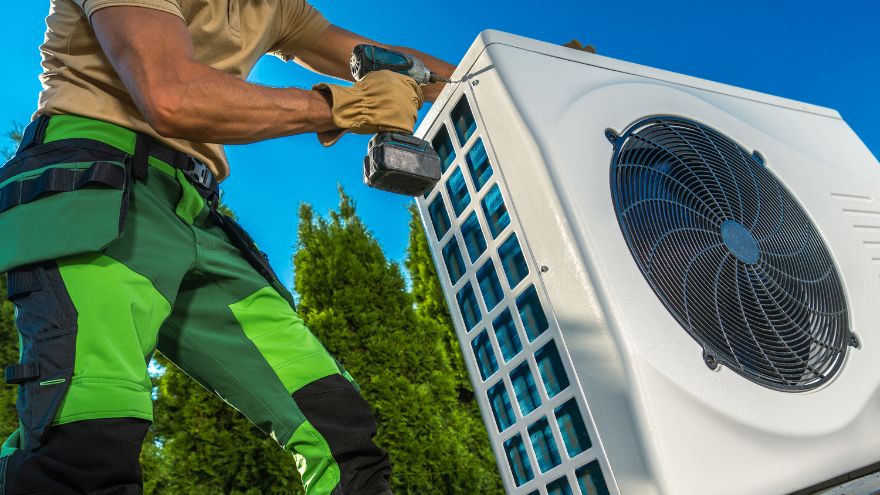The heat buffer tank plays a key role in installations powered by heat pumps. It ensures optimal operation of the entire system, stores heat, enabling stabilization of the heat pump's operation and minimizing its activation frequency.

Check out heat pump buffers at the Onninen wholesaler
Thanks to this, the heat pump buffer eliminates frequent cycles of turning the pump on and off, which translates into reduced energy consumption and extended device life. In addition, the heat buffer allows you to store surplus heat , which can be used to heat domestic water or to support the heating system in the event of greater demand.
The efficiency of the buffer tank and, consequently, the entire installation, depends on many factors. The key aspect is certainly the selection of the appropriate buffer. This task may be difficult for investors without professional knowledge of heat pumps. To avoid any problems, check out this guide!
Which heat pump buffer should you choose?
Incorrect selection of a buffer for a heat pump may have various consequences and have a negative impact on the efficiency and operating costs of the entire heating installation. If the buffer is too small, the heat pump may turn on and off frequently, which leads to excessive energy consumption and a shortened lifespan. Insufficient buffer capacity also limits the possibility of storing surplus heat, which means the loss of a potential energy source for heating domestic water or supporting the heating system.
On the other hand, too large a heat pump buffer may result in low efficiency of heat use, extending the water heating times and causing large energy losses. Therefore, it is important to properly match the buffer to the heat pump to ensure stable operation of the system, minimize energy losses and maximize the efficiency of the entire installation.
Which buffer for a heat pump with radiators?
Choosing the right buffer for a heat pump with radiators is important for the efficiency and comfort of the heating system. When making decisions, it is worth taking into account the capacity of the buffer, which should be large enough to cover the demand for hot water and provide the appropriate amount of energy to power the radiators. It is assumed that in the case of installations using radiators, its capacity should be 20l/1 kW. For systems with underfloor heating, this value may be twice as small as in systems with radiators.
Buffer for an 8 kW heat pump – what capacity?
As you can see, the capacity of the buffer should depend on the power of the heat pump and the type of heat source in the heated room. If the pump power is 8 kW, the buffer capacity should range from 80 to 160 liters - depending on whether the premises are heated with radiators or underfloor heating. When it comes to 9 kW heat pumps, the optimal capacity should be in the range of 90 to 180 kW. Buffer tanks with a capacity of 120 to 240 kW will work best with 12 kW devices.
Buffer for a 9 kW heat pump – requirements
Beyond just capacity, when choosing  buffer for a heat pump, other factors should also be taken into account. The most important of them are:
buffer for a heat pump, other factors should also be taken into account. The most important of them are:
- effective insulation of the buffer, thanks to which it is possible to minimize heat losses from the tank;
- quality of the buffer and manufacturer's warranty - on this basis you can assess how long and trouble-free operation will be;
- possibility of heating DHW (if necessary);
- the presence of an exchanger (it significantly extends the operation of the device.
Buffer for a 12 kW heat pump – how to choose?
Choosing the right buffer for the heat pump has a huge impact on the effectiveness and efficiency of the entire heating system. Appropriate buffer capacity, effective insulation, quality of workmanship and the availability of additional functions, such as an exchanger or the ability to heat domestic water, are the most important factors to take into account before making a decision. It is also worth consulting your choice with a specialist - the employees of the installation wholesaler will answer all questions about buffer tanks and other elements of the installation.